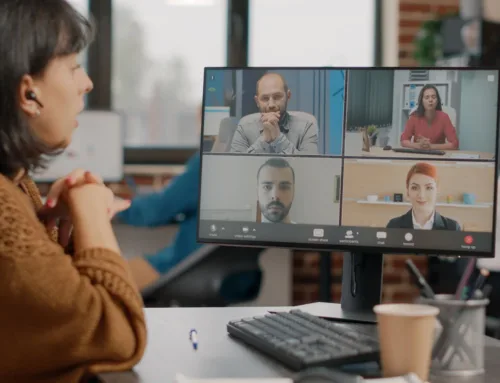NDIS (National Disability Insurance Scheme) occupational therapy services are designed to make access to key healthcare provisions easier for all parties.
For those living with an ailment that impacts on their physical or mental wellbeing, they need to know that they have support structures in place that make their life easier to manage.
Many of us take for granted the ability to go to work, to socialize, and to raise a family without a permanent or significant disability, but that is a luxury that others are not able to enjoy.
This is where the scheme was introduced to boost access, lower fees, and ensure that the public and private sectors can maximize their potential.
Here we will outline some facts about this domain and address some points of focus that will help people who are engaging in this process.
The Objective is Independence
Although the term ‘independence’ means different things for different people, this is the central objective that drives practices for NDIS occupational therapy services. From driving to work, being able to take the bus, move around the home, work the phone, participate with sporting teams or being able to cook, clean, and wash correctly, these actions will require consistent work. Depending on the client’s wishes and how far they wish to progress, specialists will design an initiative that optimizes their independence.
Understanding The State Scheme Model
Each state and territory in Australia has a different approach to NDIS occupational therapy services. When it comes to their pricing scheme and how the private and public sectors synchronize their efforts for the benefit of the public, each region will design their own policy according to state laws and provisions. This means that citizens in New South Wales, Queensland, Victoria, South Australia, Western Australia, Tasmania, Northern Territory, and the Australian Capital Territory will have to take note of how the NDIS models work for their occupational therapy needs.
Various Service Options Available

At their core, NDIS occupational therapy services are catered around the requirements of the client. Some will enjoy contact through mobile operators who are on hand at their premises. Others will be on hand for support at school or in the workplace, while other groups of representatives will operate at centres and clinics. The program will be designed around the person’s medical condition, implementing activities and tools that support the development of motor skills, cognitive functions, speech, social engagement, and other key parameters.
Assessments & Reporting is Key
In order to correctly diagnose conditions, to provide clarity on progress, and to track development, professionals who work with NDIS occupational therapy services will outline reports and assessments. Doctors and medical specialists are still an important component in this process, giving NDIS representatives a chance to gauge their physical and mental capacities without adversely impacting on their health. This is not a box-ticking exercise, but a means of drawing links between an individual’s condition and how that affects their lifestyle.
People Can Source Help With The Application Process
The good news for those who are looking at NDIS occupational therapy services is that NDIS representatives are on hand to help with the paperwork at the initial phase. This activity alone can feel overwhelming, having to produce card numbers, addresses, names, phone numbers and other documentation from medical outlets that help to certify their claims. Rather than being overwhelmed by the task at hand, reach out to a local NDIS provider so they can aid the lodgment of the application.
Clients enjoy the freedom of movement with NDIS occupational therapy services, ensuring that a new provider with a fresh approach can be accessed without fearing about long-term plans or commitments. This should encourage more participants to get involved and to see what programs can be implemented to allow citizens to achieve their health goals and work with an occupational therapy provider they like and trust.






